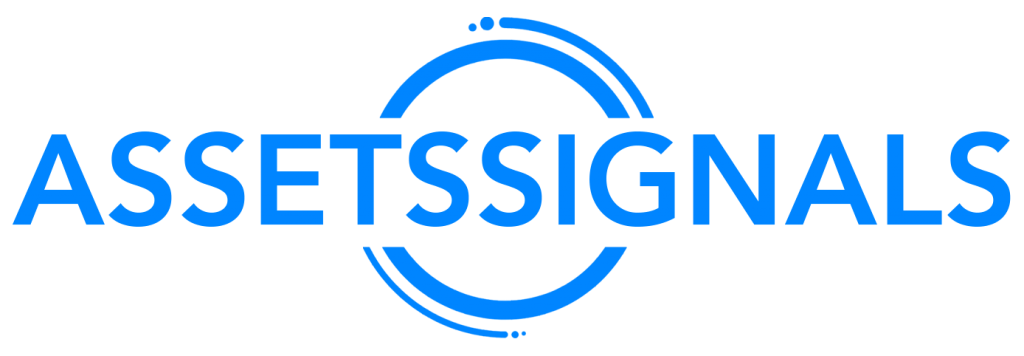The Australian Dollar (AUD) saw a slight decline against the USD on Thursday, settling around 0.6730. This minor setback was attributed to investor reactions to both Australian and US labor market data, which offered insights into the future decisions of the Reserve Bank of Australia (RBA) and the Federal Reserve.
Despite the underperformance of the Australian economy, persistent high inflation is likely to deter the RBA from implementing rate cuts, potentially limiting the AUD’s downside. The RBA is expected to be among the last G10 central banks to introduce rate cuts, a factor that could sustain the AUD’s momentum.
Key Market Movers:
- Australian Labor Market: A notable increase in employment changes, exceeding forecasts, was reported by the Australian Bureau of Statistics. However, a slight uptick in the unemployment rate could moderate the RBA’s hawkish stance.
- US Labor Market: Applications for unemployment benefits in the US surpassed expectations, signaling potential economic softening.
Current projections suggest a nearly 50% probability of an RBA rate hike in the coming months, while a Federal Reserve rate cut in September seems highly likely. Divergent monetary policies between the two central banks could help mitigate the pair’s losses.
Technical Analysis:
Despite the week’s losses, the overall outlook for AUD/USD remains positive, as the pair maintains levels unseen since the beginning of the year. However, recent weakening trends in indicators like the RSI and MACD suggest a correction period is underway. The pair may experience sideways trading within the 0.6700-0.6800 range in the upcoming sessions as buyers secure profits.

